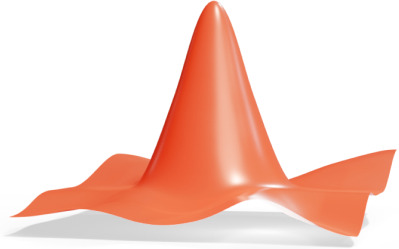11th Grade Q1
Stocks and bonds are two common ways people invest money. Both let you earn profit, but they work differently.
What are stocks?
When you buy a stock, you are buying a small part of a company. This small part is called a share. You become a part-owner of that company.
How do companies benefit from selling stocks?
Companies sell stocks to raise money to grow or start new projects.
How do you earn money from stocks?
Price increases
The performance of a company is reflected in the stock value. If the company performs well, the share price will rise. You can sell your share(s) for a higher price than what you paid and make a profit.
However:
- If the company performs badly, the share price can decrease.
- There may be a fee for the selling of a share, which the means there is a minimum amount the share price must rise before you will earn a profit from the stock
- For you to sell a share, someone must be willing to buy the share from you.
Example
You buy a share of a company for $100. After one year, the share price goes up to $120. If you sell your share, assuming no fees, you earn a profit of
Dividends
Some companies share their profits with stockholders through dividends. It’s like getting a reward for owning part of the company.
Example
A company decides to issue an annual 2.5% dividend per share. If you own one share, and the share price is valued at $100, you will receive $2.50.
What are bonds?
A bond is like a loan. When you buy a bond, you are lending money to a company or the government. In return, they promise to pay you back later with interest.
Why do companies or governments sell bonds?
They need money for projects or expenses but don’t want to sell part ownership in the company (which stocks provide).
How do you earn money from bonds?
You earn interest on the money you lent annually. This interest is called a coupon. This is like a small payment you get for letting them use your money.
Example:
You buy a bond for $1,000 with an coupon rate of 5% per year. After one year, you will earn:
If you keep the bond for 3 years, you will earn:
At the end, you get your original $1,000 back, plus the total interest.
Note
In general, bonds are less risky than stocks as bond holders are prioritised for repayments, including in the case of bankruptcy.
3. Comparing Stocks and Bonds

4. Key Differences
- Stocks are riskier because the price can go up or down quickly. But they can also earn more profit if the company grows.
- Bonds are safer because you are promised to get interest and your money back. However, the profit is usually smaller.
5. Why does this matter to you?
Investing in stocks and bonds can help you grow your money over time. You might want to save for college, buy a car, or prepare for the future. Learning how they work helps you make better decisions.
If you like more risk and higher rewards, you might choose stocks. If you want safer and more steady returns, you might prefer bonds. Some people invest in both, referred to as a diverse portfolio, to balance risk and profit.




















